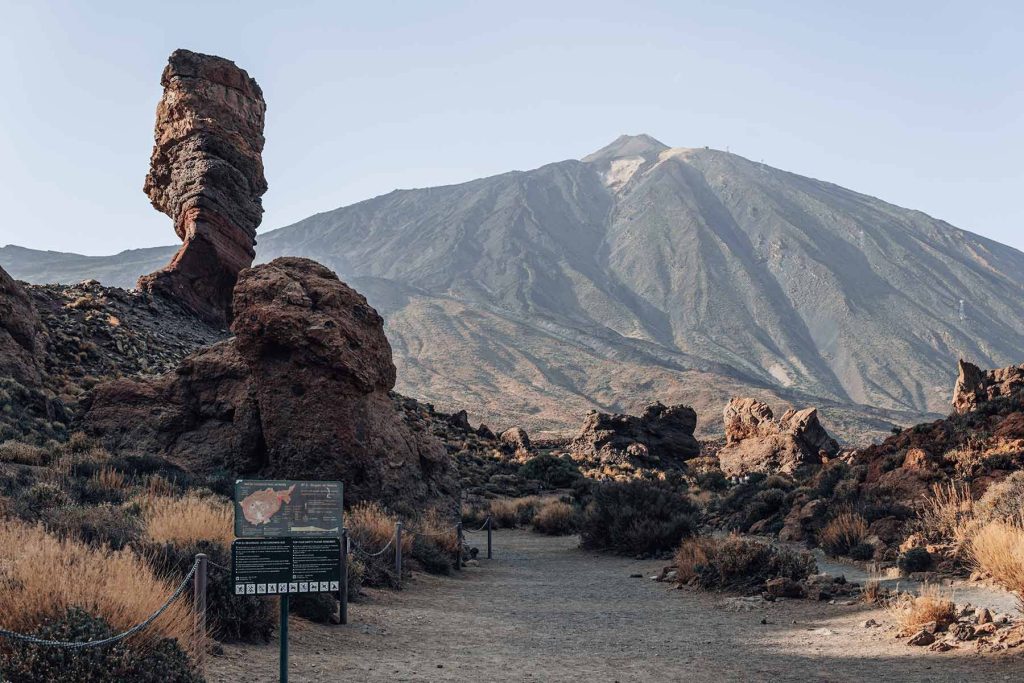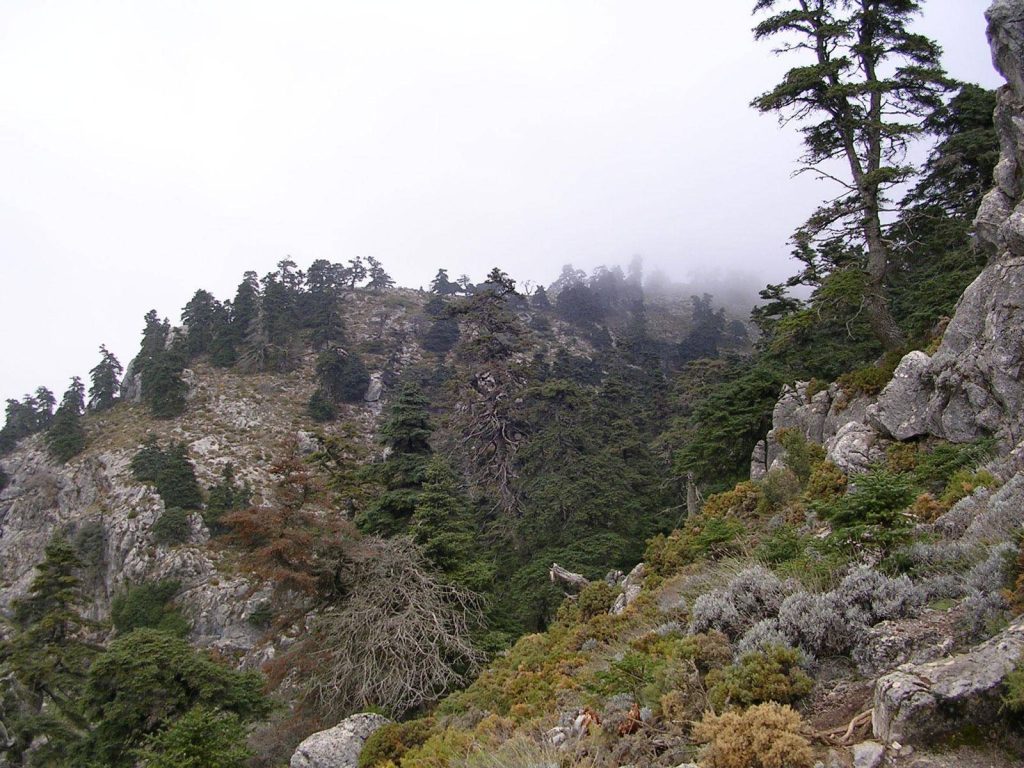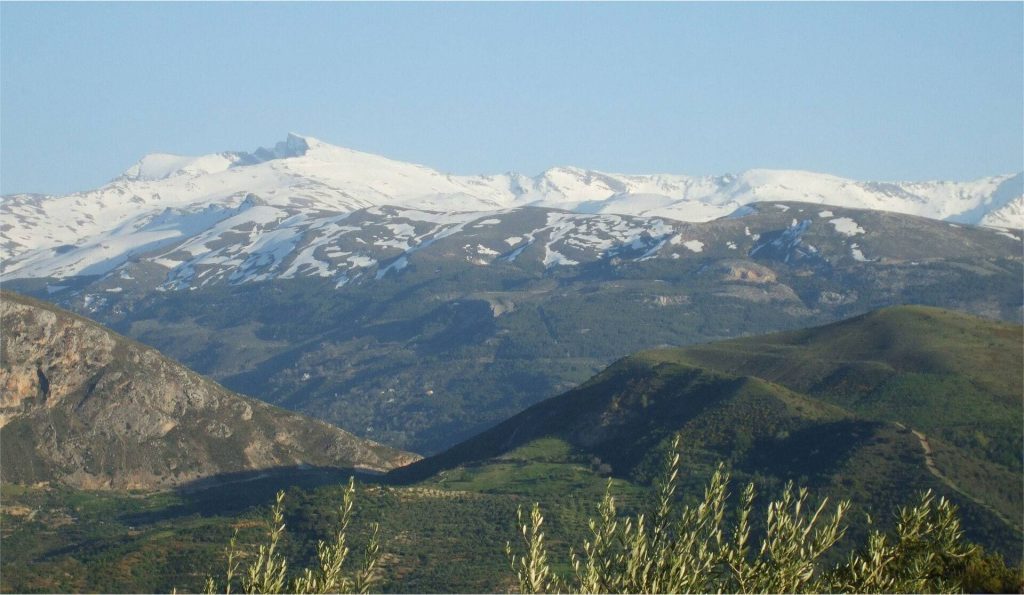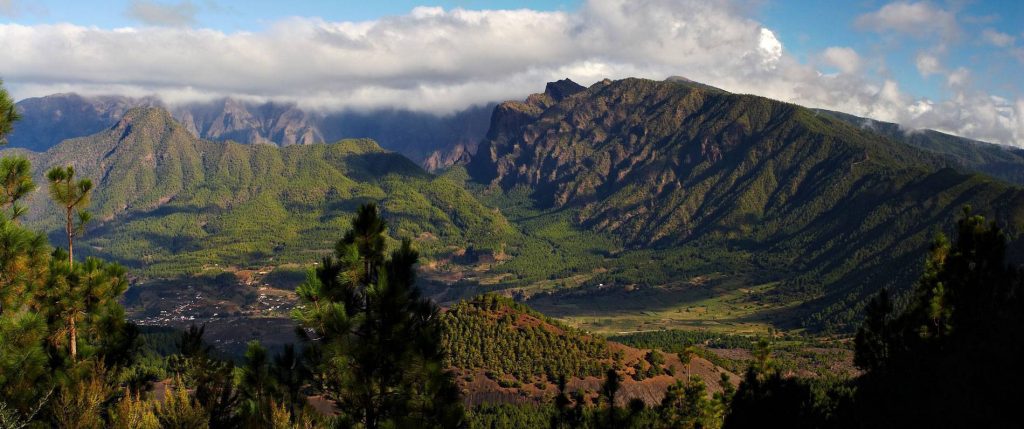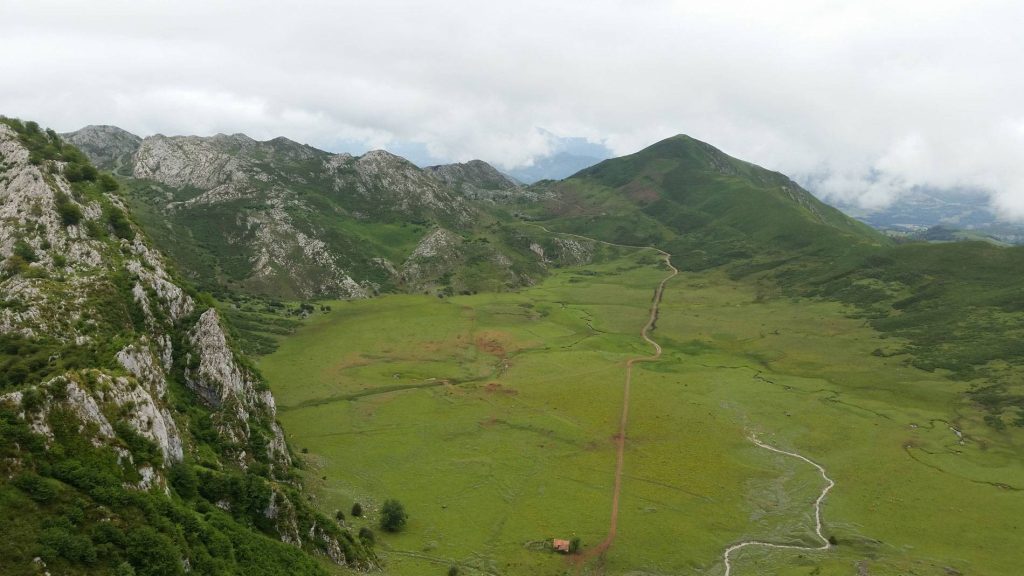Located in the Sierra de Guadarrama, the Sierra de Guadarrama National Park is a natural haven just a short distance from Spain’s capital, nestled between the provinces of Madrid and Segovia. With its mountainous landscapes, rich biodiversity, and numerous outdoor activity options, the Sierra de Guadarrama has become a must-visit destination for nature lovers and eco-tourism enthusiasts. The park offers a range of hiking trails, bird and wildlife watching, as well as stunning landscapes that make this Spanish national park a unique natural retreat.
Discover its most popular trails, the flora and fauna it shelters, and how to plan your visit to make the most of your experience.
Content
History and Creation of the Park
Historical Background
The Sierra de Guadarrama has been a valued area since ancient times, not only for its natural beauty but also for its strategic importance. For centuries, it served as a natural border and resource source for local communities. The idea of protecting this area emerged in the 20th century, when efforts began to preserve its landscapes and ecosystems.
Declaration as a National Park
The Sierra de Guadarrama National Park was officially declared in 2013, becoming one of Spain’s most recent national parks. This declaration aims to protect its unique ecosystems, which include forests, alpine meadows, and rocky high mountain zones.
Conservation Objectives
The primary goal of the park is to conserve its landscapes, fauna, and flora. The protection of endemic species and mountain ecosystems are key priorities. Additionally, the park actively works to minimize the impact of tourism and human activities in the area.
Geographical Location and Extent
The Sierra de Guadarrama National Park spans across the provinces of Madrid and Segovia, covering an area of approximately 33,960 hectares. This park encompasses a vast expanse of mountainous and forested areas, with altitudes ranging from 1,200 to 2,428 meters above sea level. Its easy access from the Spanish capital, Madrid, makes it a perfect weekend getaway destination. The park offers a well-preserved natural space where visitors of all ages can enjoy outdoor activities such as hiking and wildlife observation, while also learning about the rich biodiversity and the importance of its conservation.
Geography and Ecosystems
Relief and Geological Formation
The Sierra de Guadarrama is part of the Central system, a mountain range that separates the northern and southern plateaus of the Iberian Peninsula. Its terrain is marked by peaks and deep valleys, offering a varied and attractive landscape for hikers and nature enthusiasts.
Climate and Its Influence on the Landscape
The climate of the Sierra varies depending on altitude, creating a wide range of microclimates within the park. In the lower areas, a Mediterranean climate prevails, with mild winters and warm summers, with temperatures ranging from 10°C in winter to 30°C in summer. At higher altitudes, more extreme conditions can be found, with cold winters and frequent snowfall, where temperatures can drop to -10°C in winter, while in summer they hover around 15°C. This climatic contrast contributes to the diversity of flora and fauna that characterizes the park, with each species adapting to its specific environmental conditions.
Representative Ecosystems
The park hosts a variety of ecosystems, ranging from dense pine forests to alpine meadows and rocky areas. This diversity of habitats is crucial for maintaining the rich biodiversity of the area, where species adapted to different climatic and geographical conditions coexist.
Landscape and Geological Formation
The landscape of the Sierra de Guadarrama National Park is defined by its complex geology. The mountains that form part of the Central system have their origin in the Alpine folding, which has created deep valleys, rugged ridges, and high mountain areas. This geological contrast is responsible for the variety of ecosystems present in the park.
Most Representative Peaks and Mountains
Among the most notable peaks is Pico Peñalara, standing at 2,428 meters, which is the highest in the range. Other significant peaks include Alto de las Guarramillas, at 2,265 meters, and Bola del Mundo, at 2,258 meters, both very popular among hikers. These mountains offer spectacular panoramic views and serve as landmarks within the park.
Rivers, Lakes, and Water Areas
The park features several rivers and streams that flow through its valleys, such as the Lozoya and Manzanares rivers, whose waters have been vital for local communities. It also hosts small glacial lakes, like the Lagunas de Peñalara, which are important water reserves and refuges for aquatic species. These areas offer unique landscapes and are perfect for those who enjoy the tranquility of water in a mountainous setting.
Fauna
Most Notable Native Species
The Sierra de Guadarrama National Park is home to a rich variety of fauna, including emblematic species such as the Iberian wolf, the imperial eagle, and the Spanish ibex. These species symbolize the biodiversity of the range, and their protection is one of the park’s primary objectives.
Birds, Mammals, and Reptiles
Among the birds, notable species include the black vulture and the peregrine falcon, which use rocky areas for nesting. Mammals such as deer and wild boar are common in the park’s forests, while various species of lizards and snakes, adapted to the mountainous climate, can be found among the reptiles.
Endangered Species
Some species that inhabit the park are endangered, like the Iberian imperial eagle and certain amphibian species. The conservation of these animals is one of the greatest challenges for the park authorities, who are working on specific programs for their protection.
Flora
Predominant Vegetation
The park’s vegetation is dominated by forests of wild pine, oaks, and junipers, depending on the altitude. In the higher areas, the vegetation is reduced to shrubs and alpine meadow plants adapted to the harsh conditions of the alpine climate.
Pine Forests and Oak Groves
Wild pine forests cover a large part of the park, providing shelter for many animal and plant species. In the lower areas, oak groves form an essential part of the landscape, creating an interesting contrast with the mountainous peaks.
Endemic and Unique Plants
The park also harbors endemic plants, such as the piorno serrano, which only grows in these mountains. These plant species are of great value not only for local biodiversity but also for scientific research.
Hiking Trails
Main Hiking Trails
Sierra de Guadarrama National Park has an extensive network of trails that vary in difficulty and duration. Among the most popular routes are the ascent to Pico Peñalara and the Valle de la Fuenfría trail, offering panoramic views and the opportunity to enjoy the park’s wildlife and flora.
Difficulty Level and Accessibility
There are trails for all kinds of visitors, from easy walks to more demanding climbs for experienced mountaineers. Some routes are adapted for people with reduced mobility, allowing everyone to enjoy nature.
For all hiking routes, it’s important to follow the rules, such as staying on marked trails and wearing appropriate clothing and footwear. It’s also recommended to check the weather conditions before starting any hike.
Sports and Outdoor Activities
Climbing, Mountain Biking, and Other Activities
The park offers numerous options for adventure sports enthusiasts, such as rock climbing in its rocky areas or mountain biking on its trails. Additionally, during winter, cross-country skiing and other snow-related activities are possible.
Visitors are encouraged to plan ahead and follow park regulations to minimize environmental impact. Respect for nature and the conservation of the surroundings are essential to maintaining the beauty and biodiversity of this area.
Recommended Excursions and Activities
Cultural and Historical Heritage
Monuments and Structures Around the Park
Surrounding the park are important historical monuments such as the Monastery of El Escorial and the Palace of La Granja de San Ildefonso, which add cultural value to the visit.
Local Traditions and Their Relationship with the Park
Local communities maintain a close relationship with the Sierra de Guadarrama, with traditions dating back centuries. Transhumance and other rural activities have shaped both the landscape and the culture of this region and remain active today.
How to Get There and Visit Recommendations
How to Get There
The park is well connected by road, with access from Madrid and Segovia. There are also several public transport options, such as buses and trains, that make it easy to reach different points in the park.
Best Times to Visit
The park can be visited at any time of the year as it is open year-round, with spring and autumn being the most recommended seasons due to the moderate temperatures and the variety of colors in the landscape.







